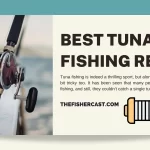All of us are aware that there are different types of fishing reels for various fishing uses. The reels we use to catch trout are different from those we use to catch marlin.
Even while there are specialized reels, like fly and game reels, there is a lot of application crossover, thus the reel choice is frequently based on personal preference.
Increased application crossover is mostly a result of contemporary design, materials, and technology.
It wasn’t that long ago that only game fishing and traditional casting reels were used to pursue marlin or dogtooth tuna. Nowadays, spin reels like the big Saltigas are used for the biggest fish in the ocean
The typical angler can also make lightly weighted rigs on even the best baitcasting reels.
Except for digital and electronic reels, basic reel concepts and shapes have remained the same for a long time.
Now let’s have a look at the main reel styles and where and why you might use them:
Contents
Spinning Reels
Spinning reels, also known as fixed spool reels, were first invented in the early 1900s. They were initially designed for trout fishing in Europe, and quickly gained popularity for their ease of use and versatility.
One of the first spinning reels was the Mitchell 300, which was introduced in 1948. This reel was a game-changer in the fishing industry, as it was the first to use an anti-reverse mechanism, which prevented the handle from turning backward.
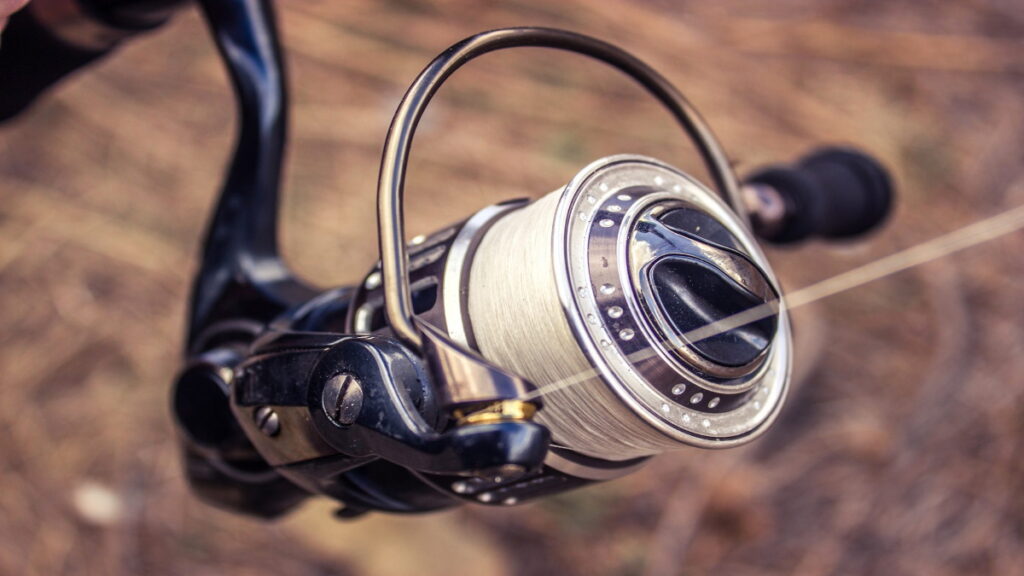
Since then, spinning reels have evolved to include a variety of features, such as advanced drag systems, lightweight materials, and increased line capacities.
How Spinning Reels Work
Spinning reels work by using a spool that rotates around a fixed axis. The line is wound around the spool, and as the spool rotates, it pulls the line off of the spool and onto the reel.
One of the key advantages of spinning reels is that they are easy to cast. When casting with a spinning reel, the angler holds the rod in one hand and the reel in the other. They use their index finger to hold the line against the rod, and then use a flicking motion to cast the line out.
Best spinning reels also have a bail, which is a metal wire that flips over the spool to keep the line in place. When the angler reels in the line, they turn the handle, which rotates the spool and winds the line back onto the reel.
Types of Spinning Reels
There are several different types of spinning reels, each with its own advantages and disadvantages.
- Freshwater Spinning Reels
Freshwater spinning reels are designed for use in freshwater environments, such as rivers, lakes, and streams. They are typically smaller and lighter than saltwater spinning reels and have lower line capacities.
- Saltwater Spinning Reels
Saltwater spinning reels are designed for use in saltwater environments, such as the ocean. They are typically larger and heavier than freshwater spinning reels and have higher line capacities.
Also, Penn saltwater spinning reels are a type of spinning reel that is specifically designed for saltwater fishing. Penn saltwater spinning reels also have a number of features that are designed to make them more effective for saltwater fishing.
Tips for Using a Spinning Reel
Here are some tips for using a spinning reel:
- Use the right line
- Adjust the drag
- Cast with your wrist
- Reel in smoothly
The Spincast Reel
Spincast reels are different types of fishing reels that are often used by beginners or young anglers. They are also known as closed-face reels, as the spool is enclosed within a cover. Spincast reels are designed to be easy to use, and they are typically less expensive than other types of reels.
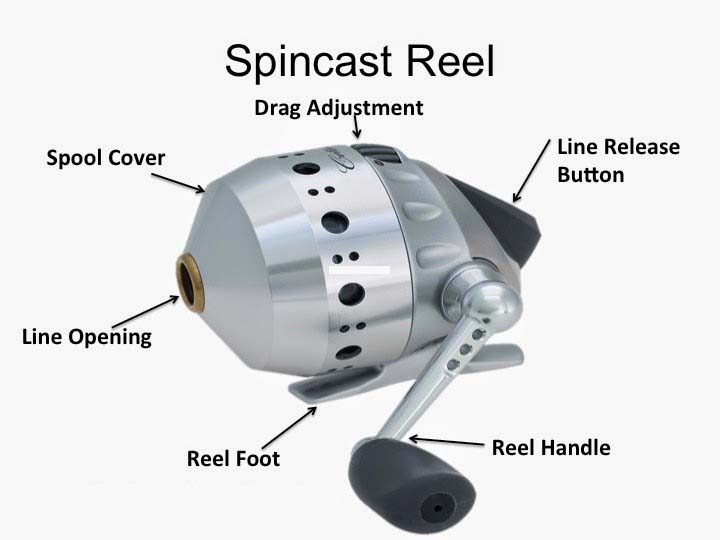
Parts of a Spincast Reel
Spincast reels have several parts that are important to know:
- Body
- Cover
- Handle
- Button
- Drag System
How to Use a Spincast Reel
Spincast reels are very easy to use, and they are a great option for beginners. Here’s how to use a spincast reel:
- Open the cover: Press the button on the reel to open the cover.
- Attach the line: Tie the fishing line to the spool of the reel.
- Adjust the drag: Use the drag system to adjust the tension on the line.
- Press the button: Hold the button down and cast the line out.
- Retrieve the line: Use the handle to retrieve the line.
Advantages of Spincast Reels
Spincast reels have several advantages over other types of reels:
- Easy to Use
- Affordable
- Tangle-Free
- Versatile
Disadvantages of Spincast Reels
Spincast reels also have some disadvantages:
- Limited Line Capacity
- Limited Durability
- Limited Casting Distance
Spincast reels are a great option for beginners or young anglers who are just starting out. They are easy to use, affordable, and tangle-free. However, they do have some limitations, such as limited line capacity and casting distance. Overall, spincast reels are a versatile option for a variety of fishing techniques.
The Centrepin Reels
Centrepin reels are a type of fishing reel that is used in freshwater and saltwater fishing. They are known for their unique design and functionality, which make them a popular choice among anglers.
A centrepin reel is a fishing reel that has a cylindrical shape with a large diameter spool in the center. The reel is designed to be used with a long, thin fishing line that is attached to a fishing rod. The spool rotates freely on a central axis, allowing the line to be cast and retrieved with ease.
Centrepin reels are commonly used in fly fishing, float fishing, and other types of freshwater fishing. They are also popular in saltwater fishing, where they are used to catch large game fish such as salmon, steelhead, and trout.
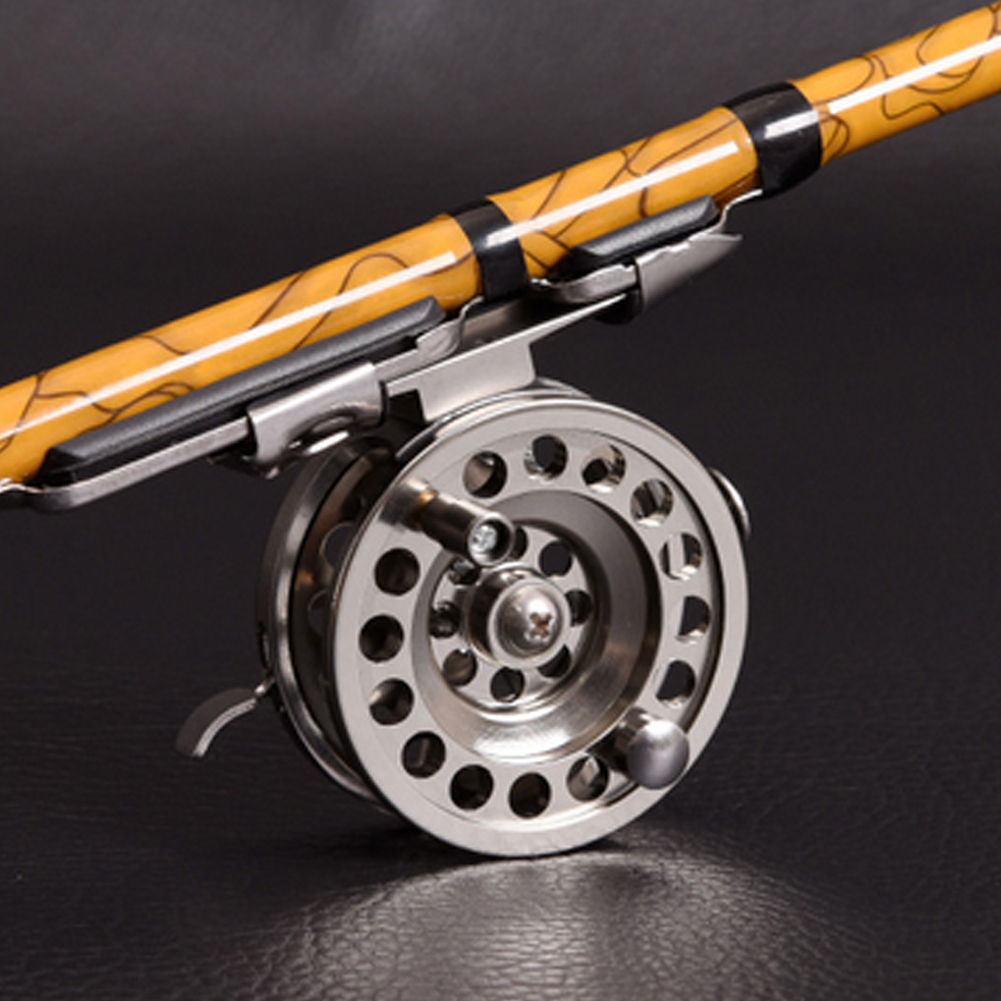
Features of Centrepin Reels
Centrepin reels have several unique features that make them different from other types of fishing reels. Some of these features include:
- Large Diameter Spool: The spool on a centrepin reel is much larger than the spool on other types of fishing reels. This allows for longer casts and faster retrieves.
- Free-Spinning Spool: The spool on a centrepin reel spins freely on a central axis, allowing the line to be cast and retrieved with ease.
- Simple Design: Centrepin reels have a simple design that makes them easy to use and maintain.
- Smooth Drag System: Many centrepin reels have a smooth drag system that allows anglers to control the amount of tension on the line.
- Ambidextrous Design: Most centrepin reels are designed to be used by both right-handed and left-handed anglers.
Advantages of Centrepin Reels
There are several advantages to using a centrepin reel for fishing. Some of these advantages include:
- Long Casts: The large diameter spool on a centrepin reel allows for longer casts than other types of fishing reels.
- Accurate Casting: The free-spinning spool on a centrepin reel allows for accurate casting, which is especially important when fishing in streams and rivers.
- Versatility: Centrepin reels can be used for a variety of fishing techniques, including fly fishing, float fishing, and other types of freshwater and saltwater fishing.
- Easy to Use: The simple design of centrepin reels makes them easy to use and maintain.
- Smooth Drags: Many centrepin reels have a smooth drag system that allows anglers to control the amount of tension on the line, making it easier to land fish.
Disadvantages of Centrepin Reels
While centrepin reels have many advantages, there are also some disadvantages to using them for fishing. Some of these disadvantages include:
- Price: Centrepin reels can be more expensive than other types of fishing reels, especially high-end models.
- Learning Curve: Centrepin reels can take some time to learn how to use properly, especially for anglers who are used to using other types of reels.
- Maintenance: Centrepin reels require regular maintenance to keep them functioning properly, including cleaning and lubricating the spool and bearings.
- Line Tangling: The free-spinning spool on a centrepin reel can sometimes lead to line tangling, especially if the angler is not used to casting with this type of reel.
Centrepin reels are a unique and versatile fishing reel type that is popular among anglers. They are known for their large diameter spool, free-spinning spool, simple design, and smooth drag system.
The Fly Reel
A fly reel is a type of fishing reel that is used primarily in fly fishing. Unlike other types of reels, fly reels are designed to hold a relatively small amount of line and to provide a smooth drag system to control the tension on the line during casting and retrieval.
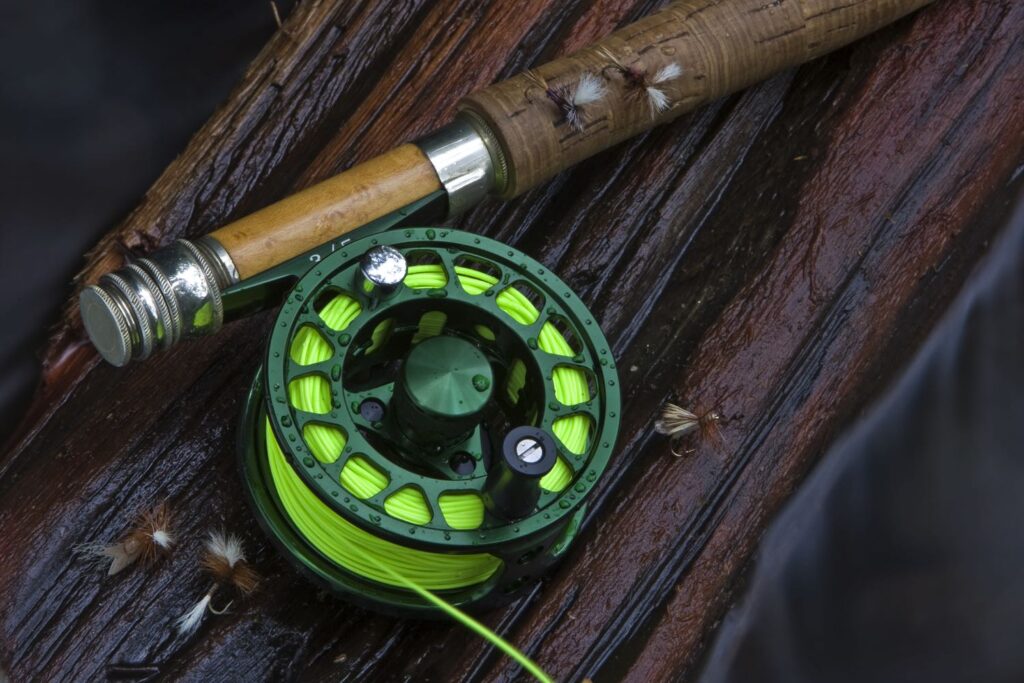
Advantages of Fly Reels:
- Provides a smooth drag system: One of the primary advantages of fly reels is that they provide a smooth drag system that allows anglers to control the tension on the line during casting and retrieval. This is especially important when fishing for larger species of fish that may take off on long runs, as the drag system helps to prevent the line from breaking and ensures that the angler can reel in the fish successfully.
- Offers better balance and control: Fly reels are designed to be lightweight and to offer better balance and control when casting. This allows anglers to make precise casts and to present the fly in a natural and lifelike manner, increasing the chances of attracting fish.
- Versatility: Fly reels are versatile and can be used for a wide range of fishing applications, from targeting small trout in streams to going after larger saltwater species like tarpon and bonefish.
- Low-maintenance: Fly reels are relatively low-maintenance, with fewer moving parts than other types of reels. This makes them easy to clean and maintain, and they can last for many years with proper care.
Disadvantages of Fly Reels:
- High Cost: One of the biggest disadvantages of fly reels is that they can be quite expensive. High-end fly reels can cost several hundred dollars, which can be a significant investment for many anglers.
- Limited Line Capacity: Fly reels are designed to hold a relatively small amount of line compared to other types of reels. This can be a disadvantage when targeting larger species of fish that may require longer casts and more line capacity.
- Limited Casting Distance: Fly reels are not designed for long-distance casting, and they can be challenging to use in windy conditions. This can be a disadvantage when targeting fish in open water or in areas with strong currents.
- Learning Curve: Fly fishing can be challenging to learn, and it can take some time to become proficient at casting and using a fly reel. This can be a disadvantage for anglers who are new to the sport and may require more practice and instruction to become successful.
In conclusion, fly reels offer several advantages, including a smooth drag system, better balance and control, versatility, and low maintenance. However, they also have several disadvantages, including high cost, limited line capacity, and casting distance, and a steep learning curve. Overall, fly reels are an excellent choice for anglers who enjoy the challenge and rewards of fly fishing and are willing to invest in high-quality equipment.
The Side Cast Reel
A side cast reel, also known as a sidearm cast or underhand cast, is a type of fishing reel that is designed to be used with a unique casting technique. Unlike other types of reels that are used primarily for overhead casting, side cast reels are used for casting the line out to the side of the angler, which can be especially useful when fishing in tight quarters or when there is limited room for backcasting.
The main feature of a side cast reel is its orientation. Unlike other different types of reels that sit on top of the rod, side cast reels are mounted on the side of the rod, which allows the angler to hold the rod parallel to the ground and make a sweeping motion with the rod to cast the line out to the side.
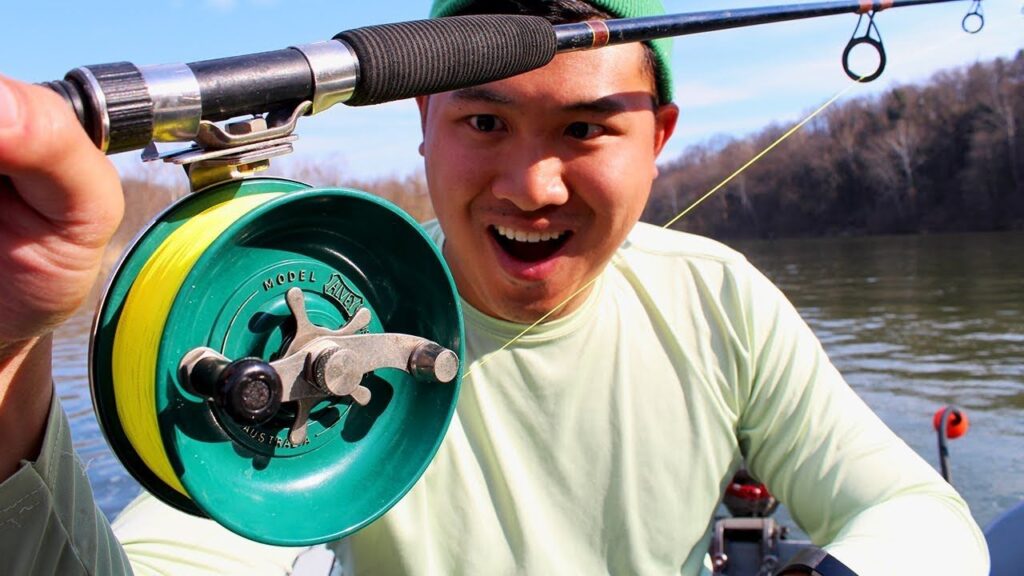
Advantages of Side Cast Reels:
- Excellent for Tight Quarters: One of the primary advantages of side cast reels is that they are excellent for casting in tight quarters. Because the line is cast out to the side of the angler, there is no need for a backcast, which can be especially useful when fishing in areas with overhanging trees or other obstacles.
- Accurate and Precise Casting: Side cast reels allow for accurate and precise casting, which can be especially useful when targeting small or finicky fish species. With the ability to make small, subtle movements with the rod, anglers can present their bait or lure in a natural and lifelike manner, increasing the chances of attracting fish.
- Easy to Use: Side cast reels are relatively easy to use and require little experience or skill to master. With a simple technique and a little practice, anglers can quickly become proficient at using a side cast reel.
- Reduced Line Tangles: Because there is no backcast involved in side casting, there is a reduced risk of line tangles and snags. This can be especially useful when fishing in areas with lots of vegetation or debris in the water.
Disadvantages of Side Cast Reels:
- Limited Casting Distance: One of the primary disadvantages of side cast reels is that they have a limited casting distance compared to other fishing reel types. While they are excellent for casting in tight quarters, they may not be suitable for fishing in larger bodies of water or in areas with strong currents.
- Limited Line Capacity: Side cast reels are designed to hold a relatively small amount of line compared to other types of reels. This can be a disadvantage when targeting larger species of fish that may require longer casts and more line capacity.
- Limited Versatility: Side cast reels are not as versatile as other types of reels and are primarily designed for casting in tight quarters. This can be a disadvantage when fishing in open water or in areas with strong currents.
In conclusion, side cast reels are an excellent choice for anglers who enjoy fishing in tight quarters or in areas with limited room for backcasting. They offer several advantages, including excellent accuracy and precision, reduced line tangles, and ease of use. However, they also have several disadvantages, including limited casting distance, limited line capacity, and limited versatility. Overall, side cast reels are an excellent choice for anglers who specialize in fishing in tight quarters and are looking for a unique and effective way to catch fish.
Overhead Reels: Game and Casting Reels and Baitcaster reels
Casting, game, and baitcasting reels are all overhead reels. Some may disagree with this classification, however the fact that they all rest on top of the fishing rod makes them all overhead reels.
There is a valid reason why these three types of reels are grouped together. They are grouped together due to their shared operating principles, structure, and revolving spool. We’ll examine each separately under its own section.
The Game Reel
A game reel, also known as a big game reel or offshore reel, is a type of fishing reel that is designed for catching large and powerful fish, such as marlin, tuna, and swordfish. Game reels are typically used in offshore fishing situations where anglers are targeting big game species in deep waters.
Game reels come in various sizes and styles, ranging from small, lightweight reels to large, heavy-duty reels that are capable of handling massive amounts of line and drag pressure. Regardless of size, all game reels share several common features that make them suitable for big-game fishing.
Advantages of Game Reels:
- High Line Capacity: One of the primary advantages of game reels is their high line capacity. Game reels are designed to hold large amounts of line, allowing anglers to target big game species that are capable of making long, powerful runs. This high line capacity also helps anglers to battle these large fish without fear of running out of line.
- Powerful Drag Systems: Game reels are equipped with powerful drag systems that are capable of exerting tremendous pressure on the fish. This drag pressure is essential for stopping large and powerful fish that are capable of making long, powerful runs. The drag system also helps to tire out the fish, making it easier for the angler to bring it to the boat.
- Durability: Game reels are built to withstand the extreme conditions of offshore fishing. They are constructed with high-quality materials, such as aircraft-grade aluminum and stainless steel, that are resistant to corrosion and wear. This durability ensures that the reel will last for many years of hard use.
- Versatility: Game reels are versatile and can be used for a wide range of offshore fishing situations. They are suitable for trolling, deep-sea fishing, and even casting, depending on the size and style of the reel.
Disadvantages of Game Reels:
- Heavy and Bulky: Among other different types of fishing reels, they are heavy and bulky. This can make them difficult to handle, especially for anglers who are not used to using larger reels. The weight and size of the reel can also make it challenging to cast and maneuver in the water.
- Expensive: Game reels can be expensive, especially for high-end models that are designed for serious offshore fishing. This can be a disadvantage for anglers who are on a budget or who only fish occasionally.
- Complexity: Game reels can be complex and difficult to operate, especially for novice anglers who are not used to using larger reels. The high drag pressure and other advanced features of game reels require a certain level of skill and experience to use effectively.
In conclusion, game reels are essential tools for anglers who are targeting big game species in offshore fishing situations. They offer several advantages, including high line capacity, powerful drag systems, durability, and versatility. However, they also have several disadvantages, including being heavy and bulky, expensive, and complex. Overall, game reels are an essential tool for serious offshore anglers who are looking to catch big and powerful fish.
The Baitcaster Reels
A baitcasting reel, also known as a baitcaster, is a type of fishing reel that is widely used by anglers for its accuracy and ability to handle heavy fishing lines and lures. Baitcasting reels are designed to allow the angler to have greater control over their casting, making them an ideal choice for targeting large or aggressive fish species.
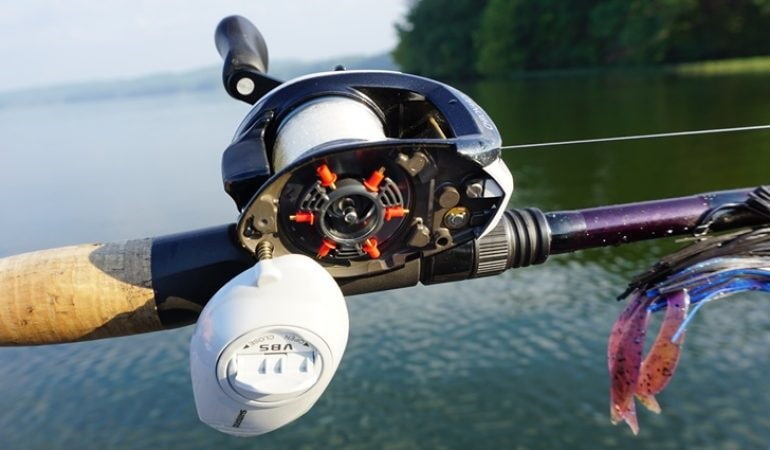
Advantages of Baitcasting Reels:
- Greater Control: The best baitcasting reels have the ability to provide greater control over casting accuracy and distance. Because the angler controls the spool with their thumb, they can adjust the speed and distance of the cast to suit their specific needs, making it easier to place the lure or bait precisely where they want it.
- High Line Capacity: Baitcasting reels are designed to handle heavier fishing lines than other types of reels, making them an excellent choice for targeting larger fish species. With a higher line capacity, anglers can use heavier lines to target larger fish without worrying about the line breaking.
- Excellent for Heavy Lures: Baitcasting reels are also an excellent choice for fishing with heavy lures. Because they are designed to handle heavier lines, they can easily handle the weight of larger lures without sacrificing accuracy or control.
- Versatility: Baitcasting reels are versatile and can be used for a wide variety of fishing techniques, including trolling, bottom fishing, and vertical jigging. They can also be used in both freshwater and saltwater fishing. Also, they allow one to get the best of fishing experience through baitcasting combos.
Disadvantages of Baitcasting Reels:
- Steep Learning Curve: One of the primary disadvantages of baitcasting reels is that they can be difficult to master, especially for beginner anglers. The use of a baitcasting reel requires a significant amount of practice and skill, including proper thumb control, spool tension adjustment, and casting technique.
- Backlash: Baitcasting reels are also prone to the backlash, which occurs when the spool rotates faster than the line can come off, resulting in a tangle or knot in the line. Backlash can be frustrating and time-consuming to fix, especially for beginner anglers.
- Cost: Baitcasting reels are generally more expensive than other types of reels, making them a significant investment for many anglers. While they are designed to last for many years, the initial cost can be a barrier for some anglers. Also, if you are a beginner you should start with the best baitcasting reels under $100.
- Limited Line Capacity: While baitcasting reels have a higher line capacity than other types of reels, they are still limited in their capacity. This can be a disadvantage when targeting large or fast-swimming fish species that require a lot of lines to be let out.
In conclusion, baitcasting reels are an excellent choice for anglers who require greater control and accuracy when fishing with heavy lures or lines as compared to other fishing reel types. They offer several advantages, including greater control, high line capacity, and versatility. However, they also have several disadvantages, including a steep learning curve, a tendency to backlash, a higher cost, and limited line capacity. Overall, baitcasting reels are an excellent choice for experienced anglers looking to take their fishing to the next level.
Moreover, if you like to do fishing in saltwater, check the best saltwater baitcaster.
The Casting reel
Casting reels, also known as conventional reels or overhead reels, are fishing reels that are designed to handle larger fish species and heavier fishing lines. They are commonly used in saltwater fishing and can also be used for freshwater fishing.
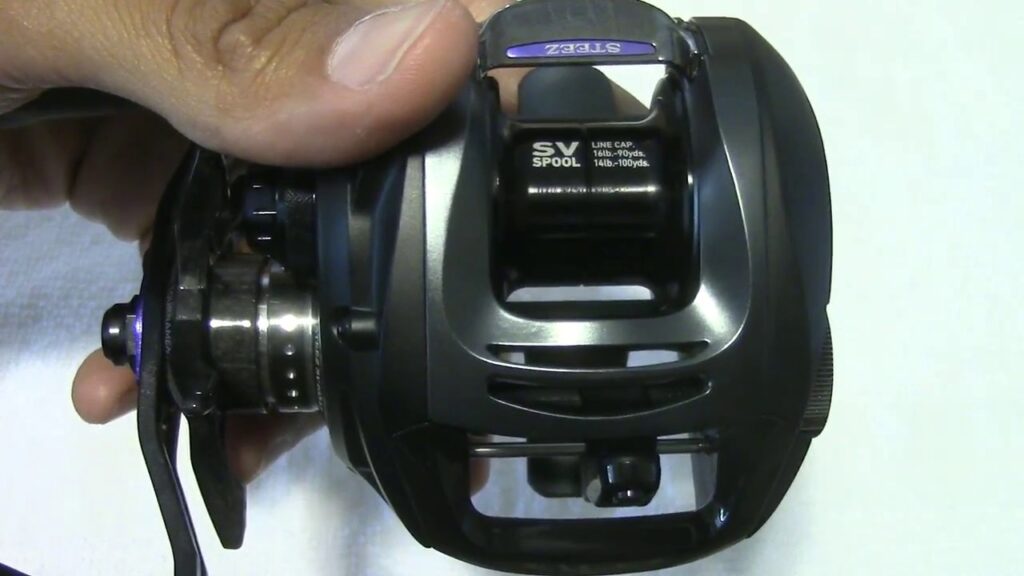
Advantages of Casting Reels:
- Greater Power: Casting reels are designed to handle heavier lines and lures, making them an excellent choice for targeting larger fish species. They are also capable of applying greater pressure to the fish during the fight in comparison to other types of fishing reels, making it easier to land larger fish.
- Greater Line Capacity: Casting reels have a higher line capacity than other types of reels, which is essential when targeting larger fish species that require a lot of lines to be let out.
- Longer Casting Distance: Casting reels are designed to allow for longer casting distances than other types of reels, making them an excellent choice for targeting fish in deeper waters or areas with strong currents.
- High Gear Ratio: Casting reels have a high gear ratio, which allows for faster retrieval of the fishing line. This can be beneficial when trying to quickly retrieve the line to make another cast or when reeling in a fish.
Disadvantages of Casting Reels:
- Steep Learning Curve: Casting reels require a significant amount of skill and practice to use effectively. They can be difficult to master, especially for beginner anglers.
- Complexity: Casting reels are more complex than other types of reels, with many moving parts that need to be properly maintained to ensure optimal performance. This can be time-consuming and frustrating for some anglers.
- Limited Versatility: Casting reels are designed for specific types of fishing, such as trolling or jigging, and may not be suitable for other fishing techniques.
- Cost: Casting reels are generally more expensive than other types of reels, which can be a barrier for some anglers.
In conclusion, casting reels are an excellent choice for experienced anglers looking to target larger fish species in saltwater or freshwater environments. They offer several advantages, including greater power, higher line capacity, longer casting distances, and faster retrieval of the fishing line. However, they also have several disadvantages, including a steep learning curve, complexity, limited versatility, and a higher cost. Overall, casting reels are a powerful tool in the hands of an experienced angler but may not be the best choice for beginner anglers or those on a budget.
In last, it is highly important to maintain your fishing reels in order to keep the fishing experience smooth and easy.

Hi, I am David. I have founded THE FISHER CAST because I believe everybody deserve to do fishing smartly. I with my team are here to make this possible for our present and future generations by giving the best hands on practical experiences and reviews.

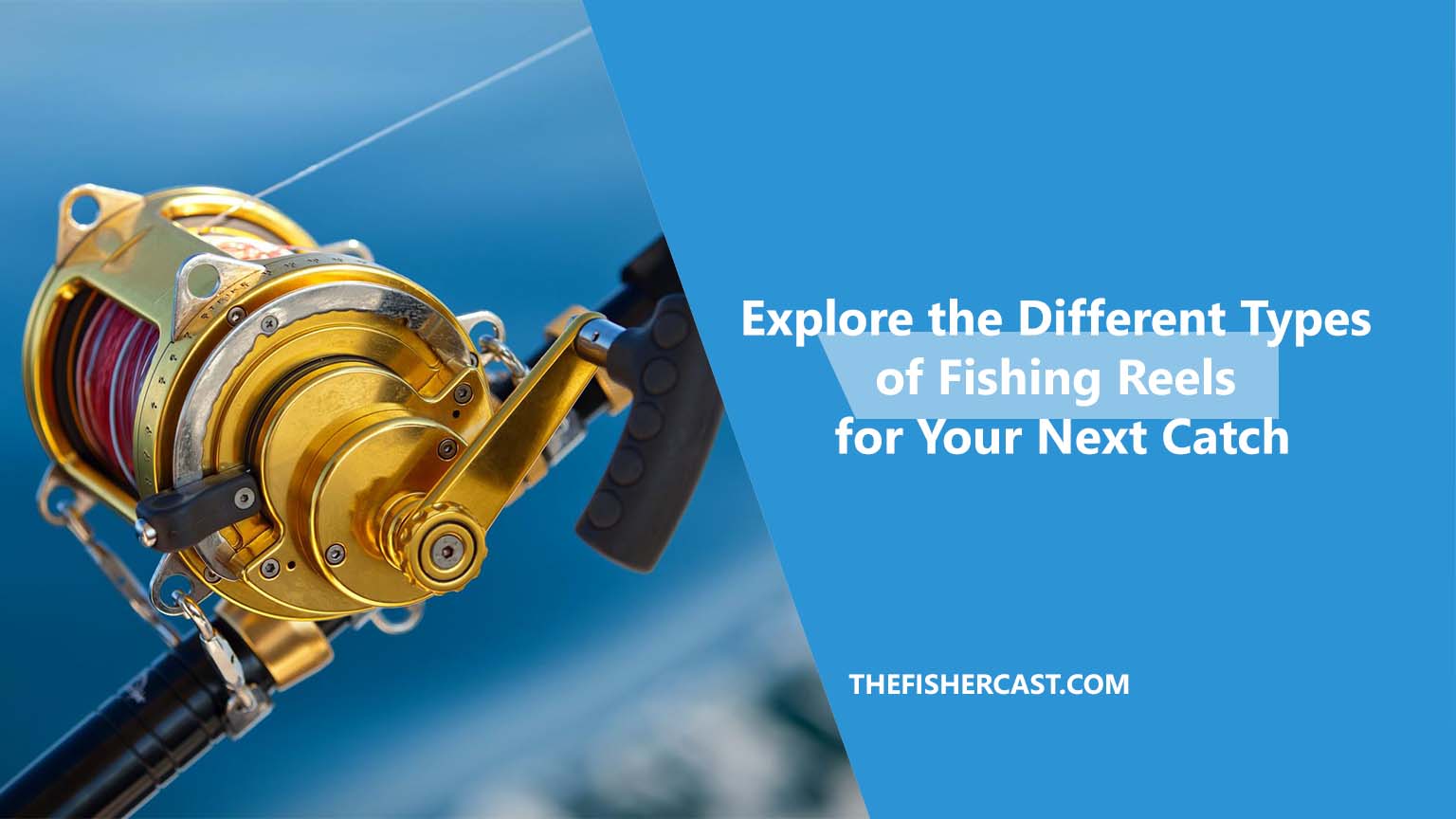
![10 Best Trout Spinning Reels [Reviews and Buying Guide 2023] Best Trout Spinning Reels](https://thefishercast.com/wp-content/uploads/2022/02/Best-Trout-Spinning-Reels-150x150.webp)
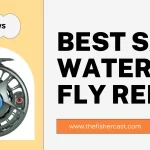
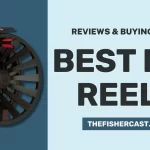
![10 Best Spinning Reels Under $100 [2023 Reviews] Best Spinning Reels Under 100](https://thefishercast.com/wp-content/uploads/2022/01/Best-Spinning-Reels-Under-100-150x150.webp)

